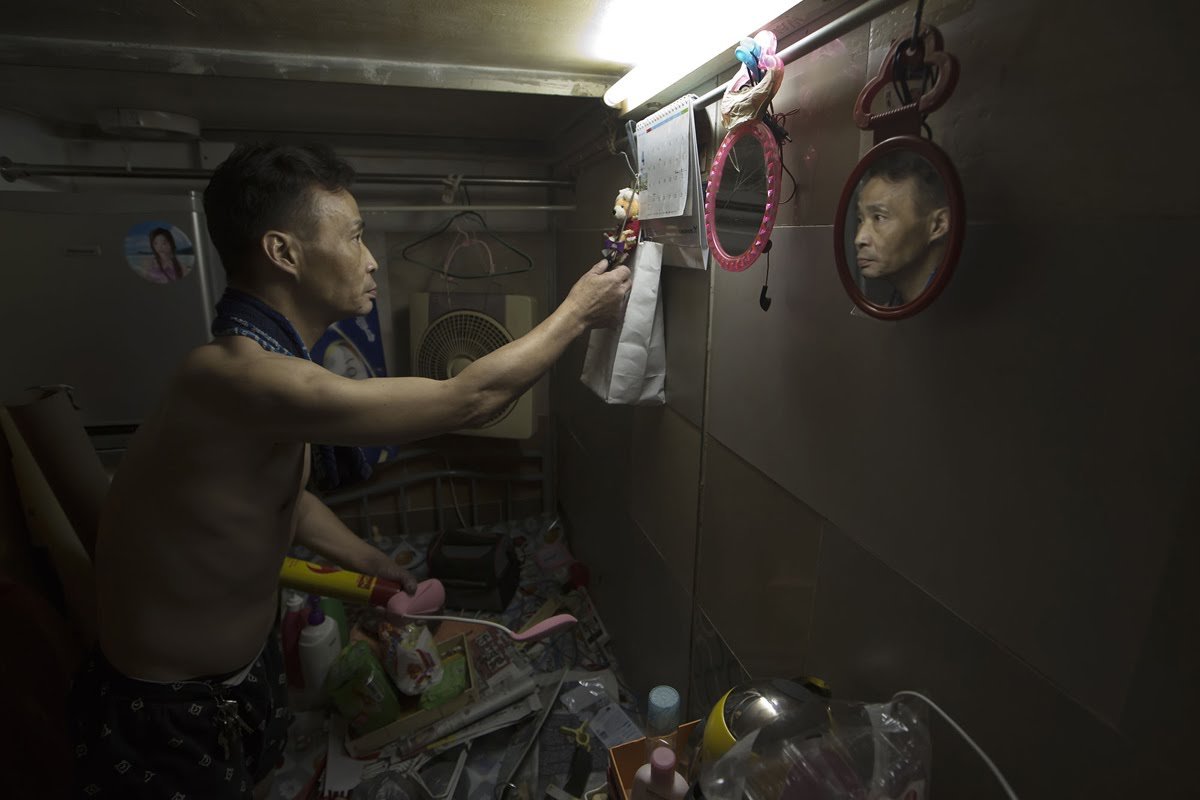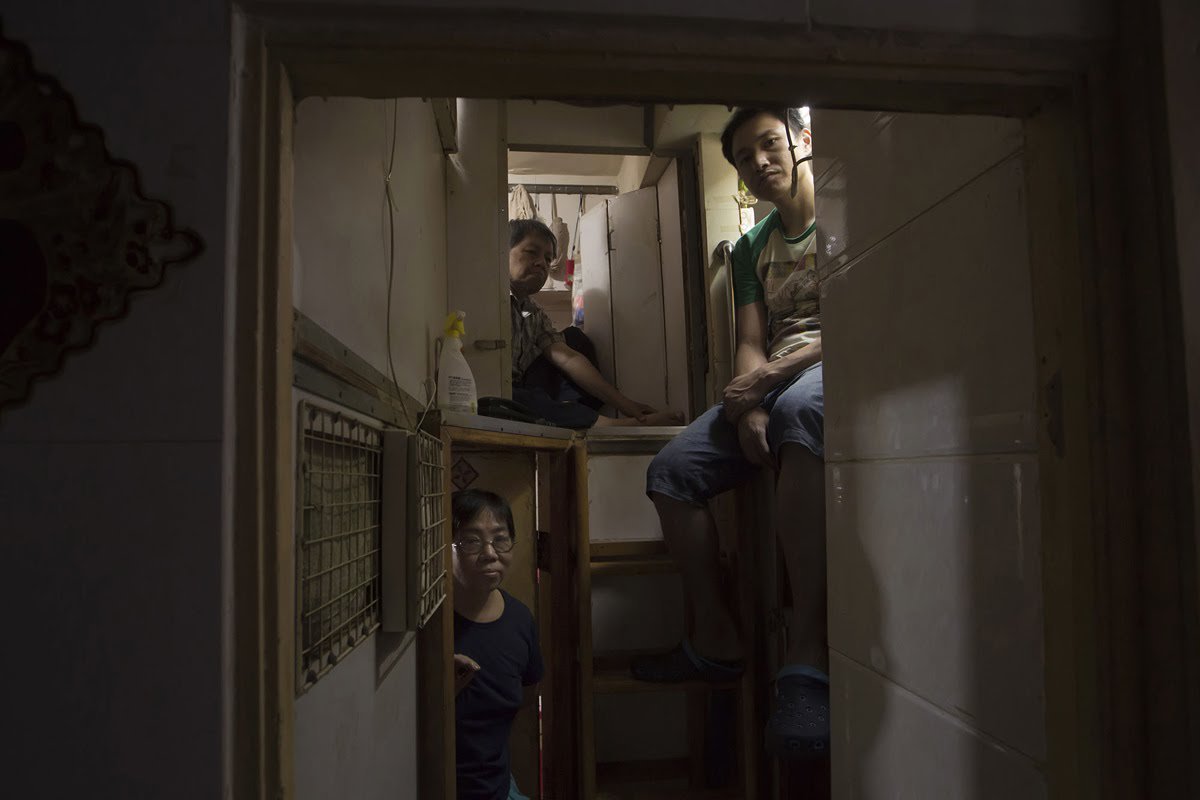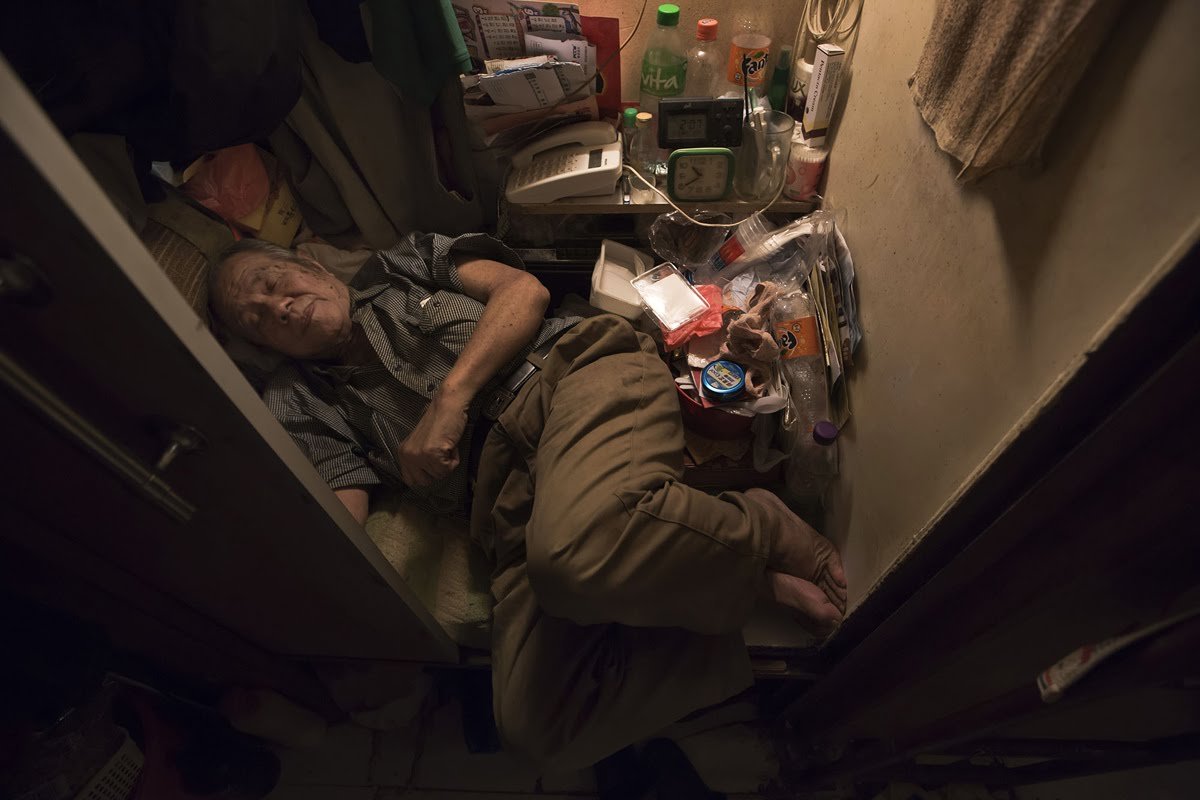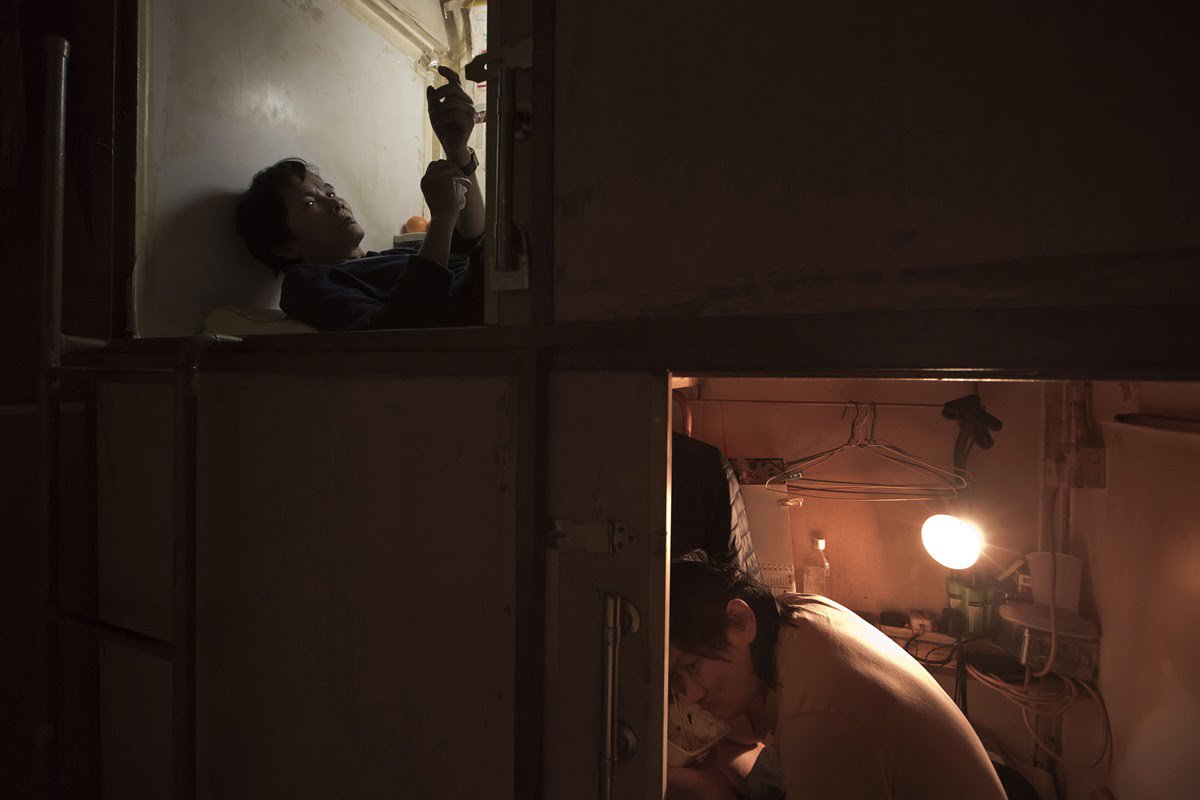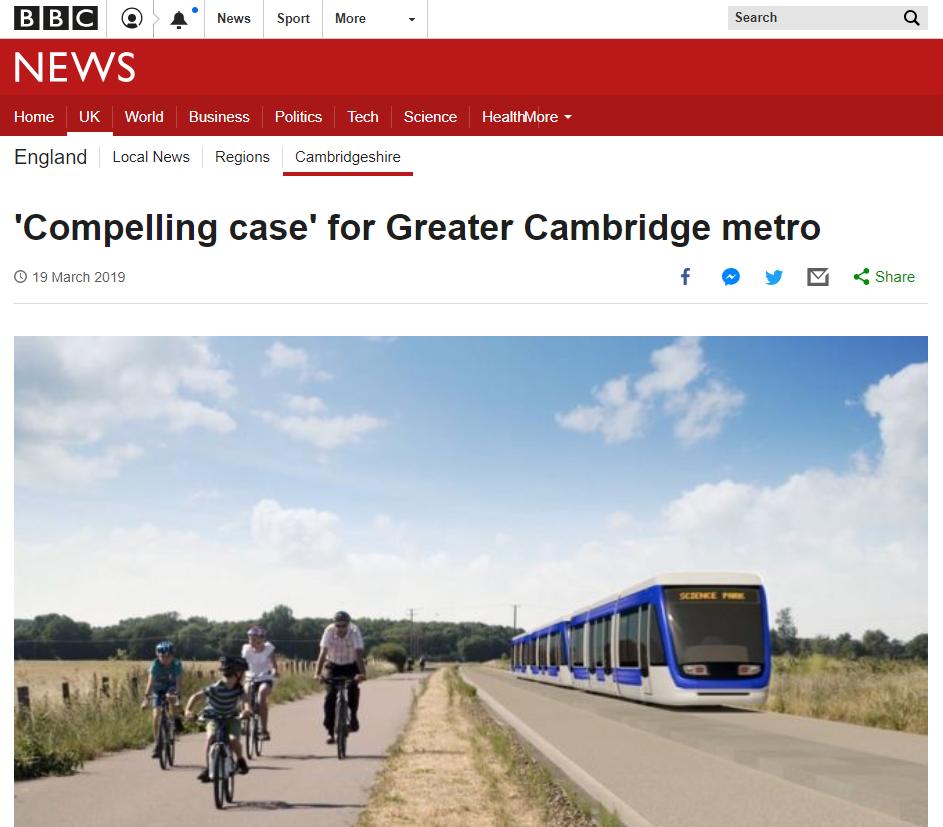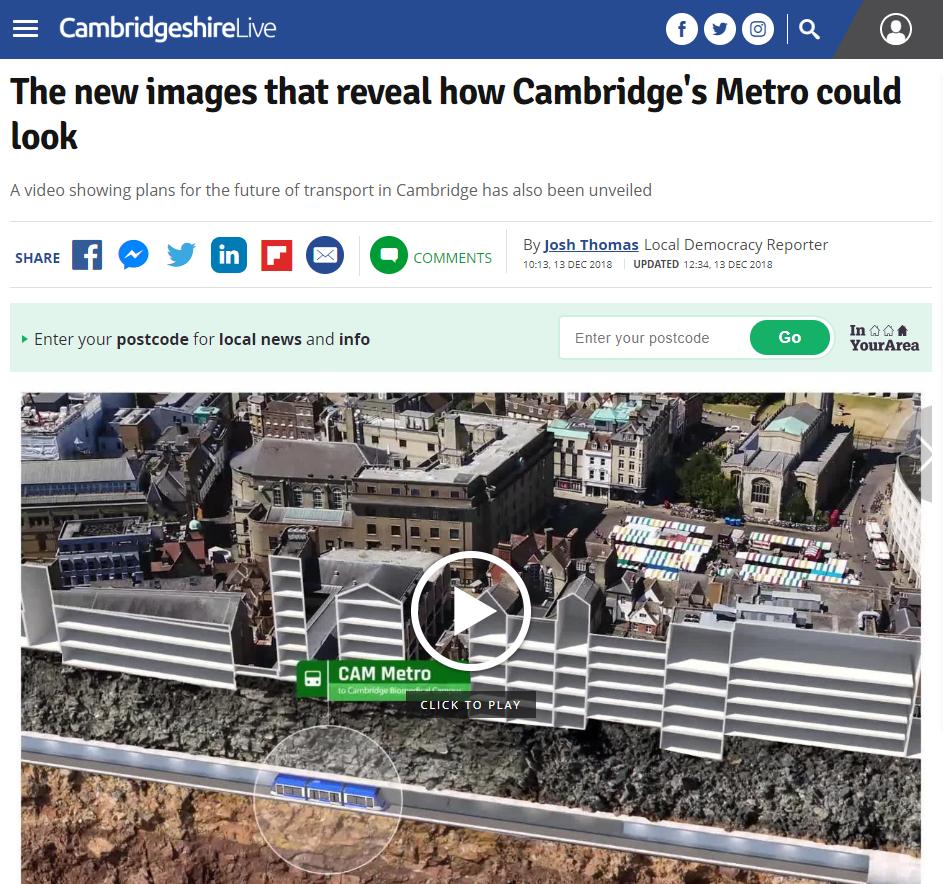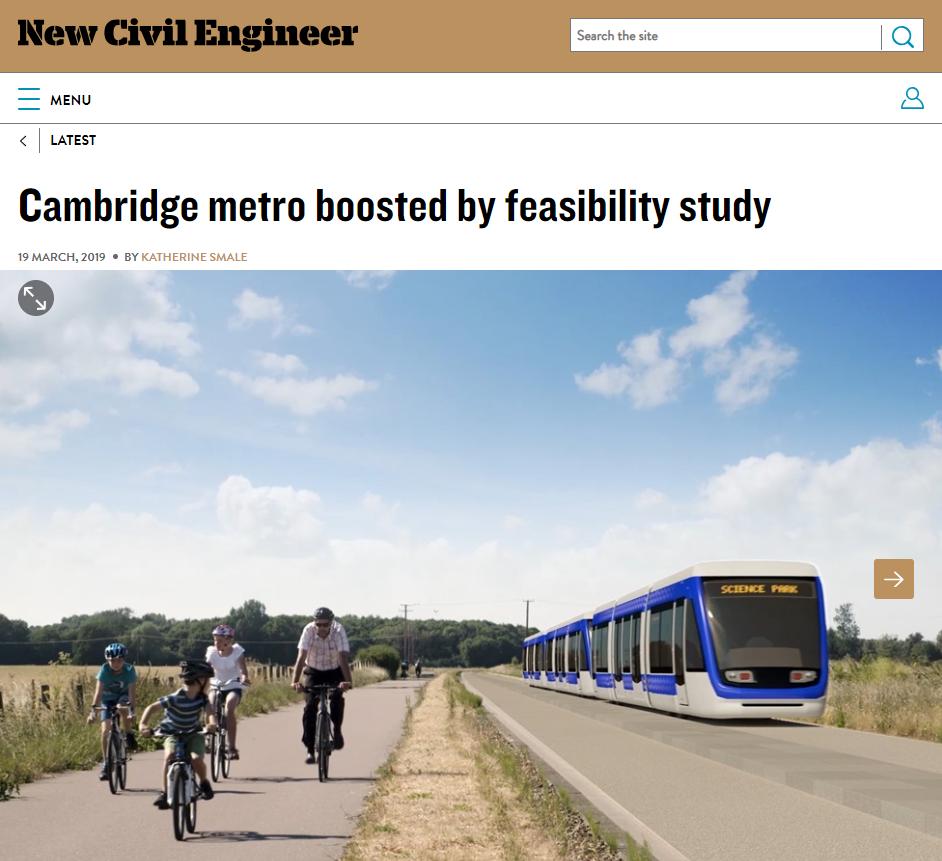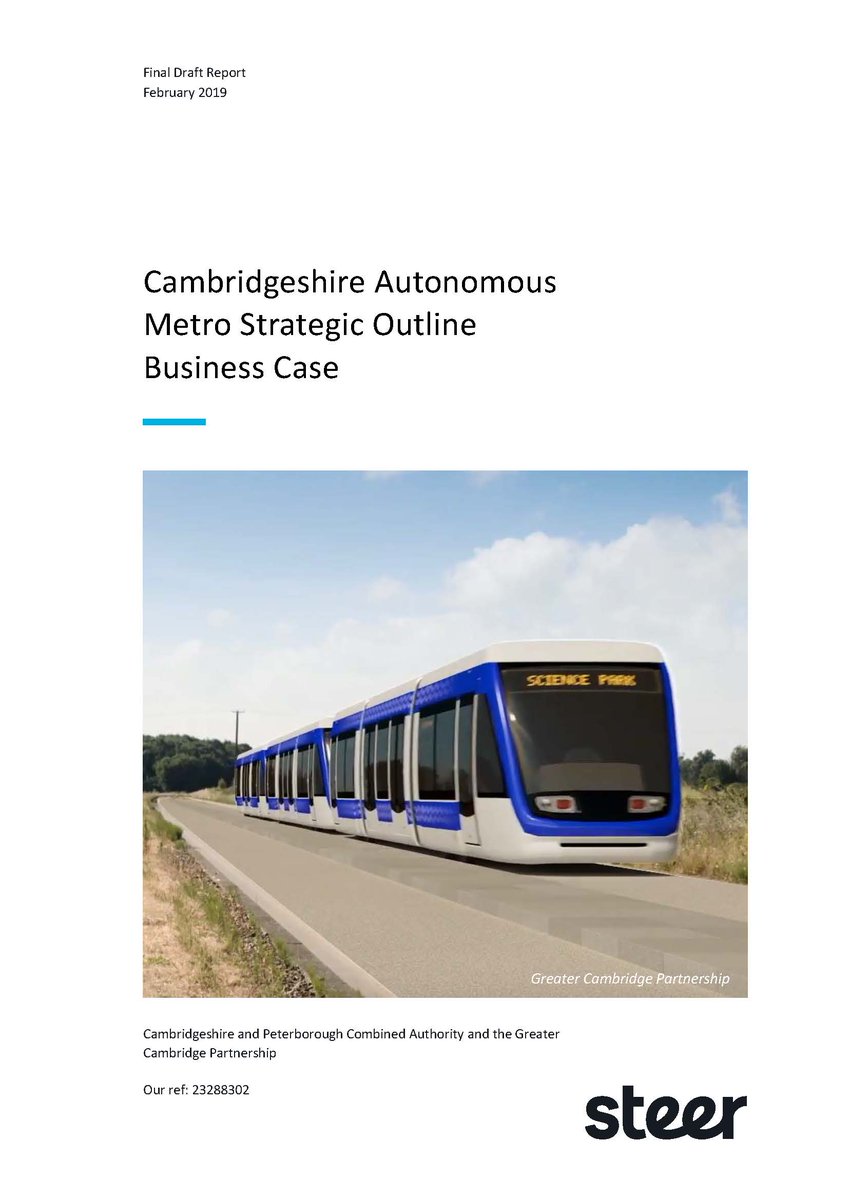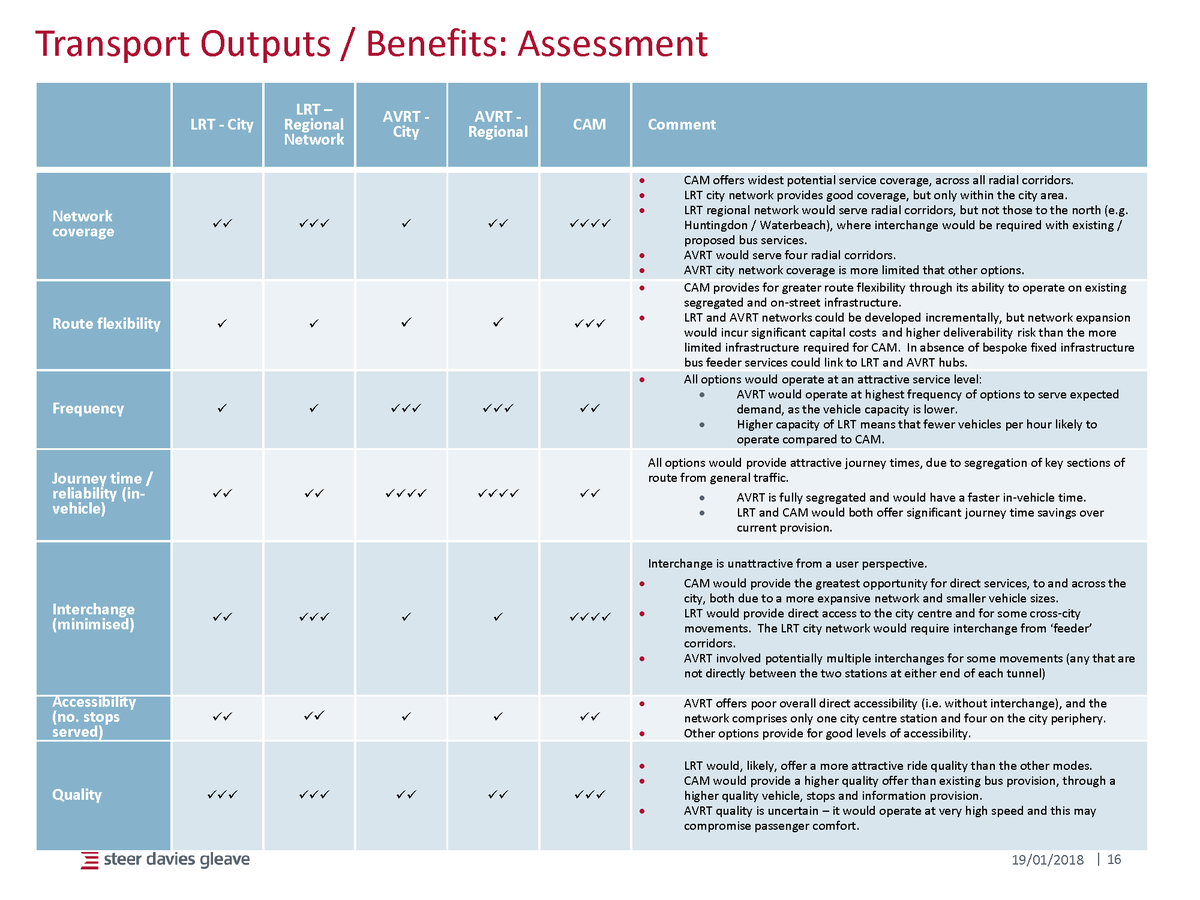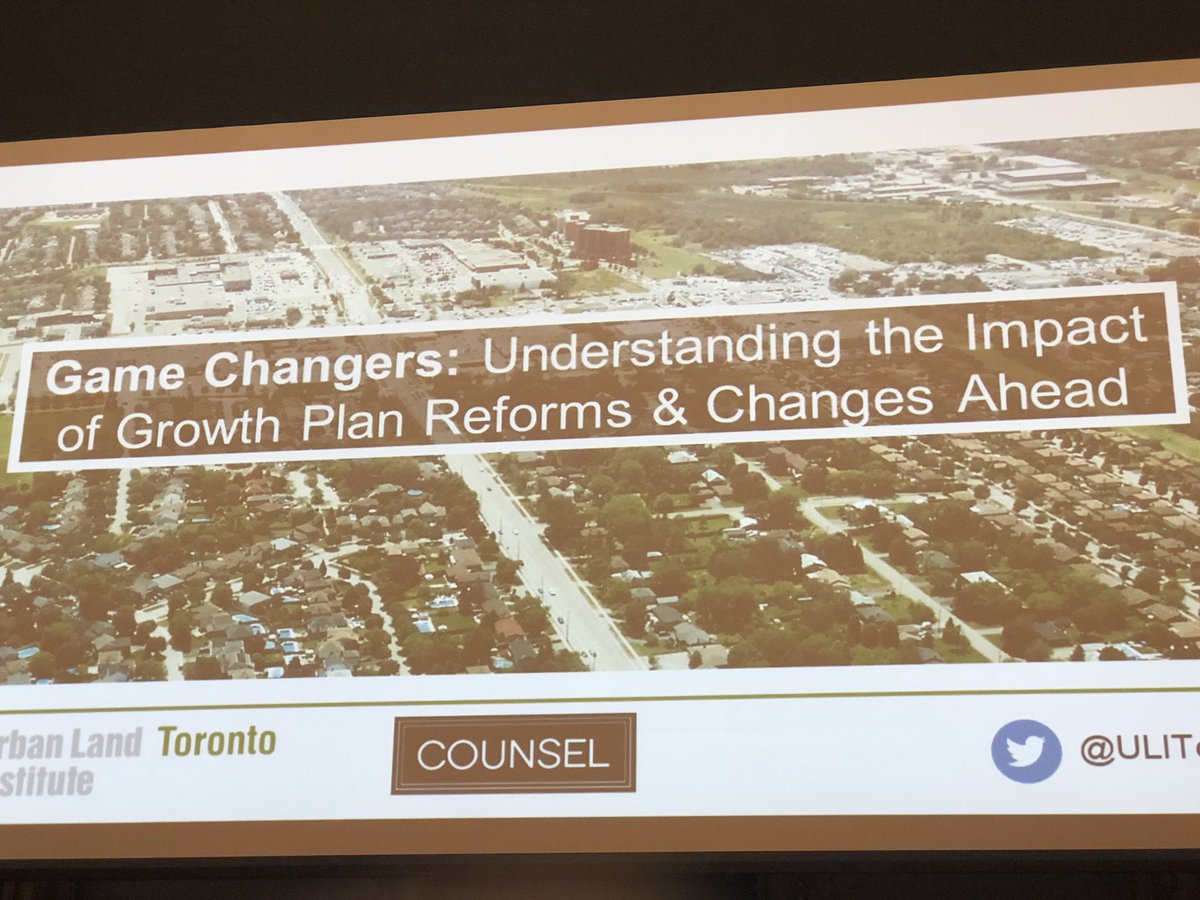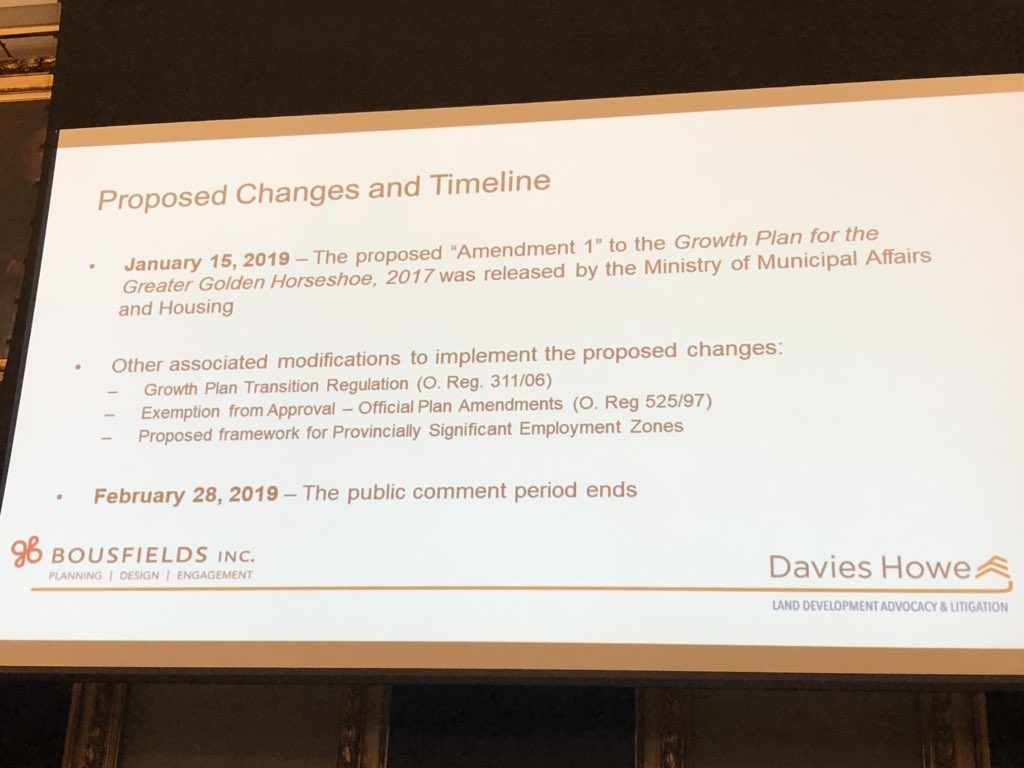Can you guess which city has the world's least-affordable housing market, and which has been introducing measures to curb an oversupply of apartments? (thread follows)
bloomberg.com/amp/opinion/ar…
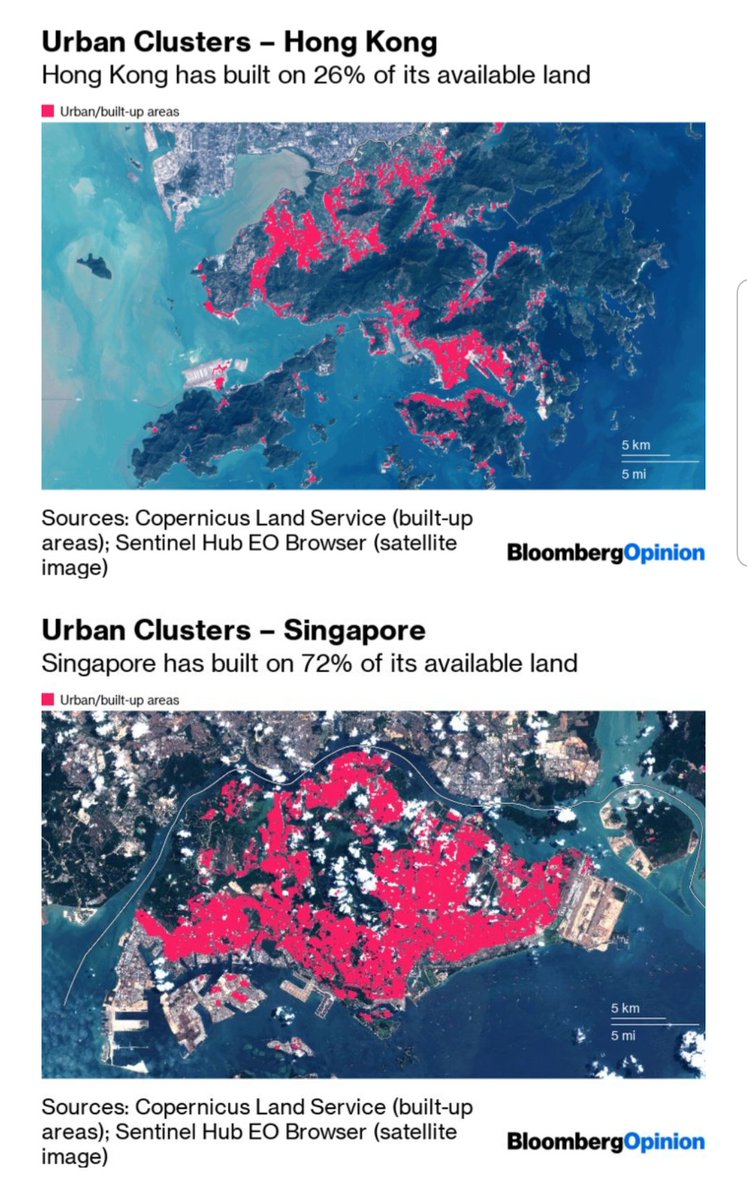
There's an odd lack of interest in one of the most striking areas of contrast, though: housing policy. bloomberg.com/opinion/articl…
Most of the land is controlled by the Heung Yee Kuk, a politically-powerful rural landlords' mafia: economist.com/china/2017/08/…
All the urban area on Hong Kong Island totals 20 sq km. About 1.5m people live there.
Big four developers' rural land bank is 10 sq km.
"Brownfield land" (junkyards etc in Heung Yee Kuk-run bits of the New Territories) is 12 sq km.
